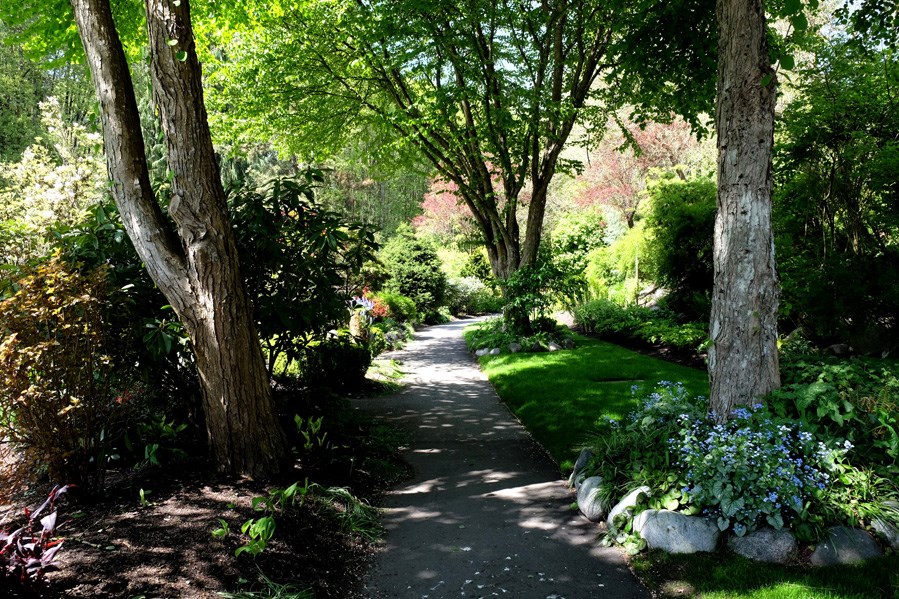After years of discussion, the City of New Westminster is moving forward – quickly – with a new tree protection bylaw.
Through the years, council has debated the pros and cons of a bylaw that protects trees in New Westminster. On Monday, council gave three readings to a tree protection and regulation bylaw and adoptED the bylaw at a special meeting on Wednesday night , which means the bylaw is now in effect.
Mayor Jonathan Cote said the city has seen a lot of positive changes in the community in the past 10 years, but one thing he’s not proud of is the decline of the tree canopy.
“For the most part, the City of New Westminster has actually lagged behind most municipalities in Metro Vancouver when it comes to this type of policy work,” he said. “I am glad we are now moving in that direction, where we will be on par with most other municipalities in Metro Vancouver.”
Coun. Chuck Puchmayr said the 15 per cent decline in the tree canopy since 2004 is a good reason for moving forward with a tree-protection bylaw. With the city now working on an update the official community plan and considering new forms of housing in neighbourhoods, he said the timing is ideal for implementing a bylaw to ensure trees are in place.
The bylaw describes the situations that would allow trees to be cut down, including hazardous trees, trees whose roots are interfering or posing hazards to the operation of sewers, drains and other infrastructure, or are within the footprint of a proposed building or structure. The bylaw also addresses issues such as relocating trees to another spot, planting replacement trees and protecting trees during construction and demolition.
Dean Gibson, the city’s director of parks, culture and recreation, said the intent of the bylaw is to address one key goal in the urban forest management strategy, which is to protect the resources existing today.
“This bylaw, if you will, is an incentive towards helping people to learn more about the value of trees on their lands and how they can actually retain the assets that we have today,” he said. “The bylaw in no way impinges upon existing private property development rights. That is imbedded within the bylaw itself to reinforce that point.”
At the same time, Gibson said the bylaw recognizes that where trees cannot be retained or preserved as a result of development, measures are being put in place to ensure replacement of those trees. He said the bylaw does identify “protected trees” in New Westminster, which are those that are 20 centimetres when measured about 1.3 metres above ground.
“Any tree that has a trunk that’s larger than 20 cm in size become protected under the provisions of the bylaw,” he said. “Trees that are hazardous trees, causing imminent risk to private property or the safety to the general public are still accommodated within the bylaw and there is a process for them. By no means does this bylaw attempt to maintain a hazardous tree.”
The bylaw introduces a process that allows homeowners wanting to cut down trees to apply for a permit from city hall. The process involves a series of assessments and a provisions to encourage them to replace the trees on an at least one-to-one basis.
“This is a significant step forward for our community,” Gibson said. “We do recognize, particularly in the early weeks and early months, there will be a lot of questions. We want to be able to provide as much information as we can to help people.”



